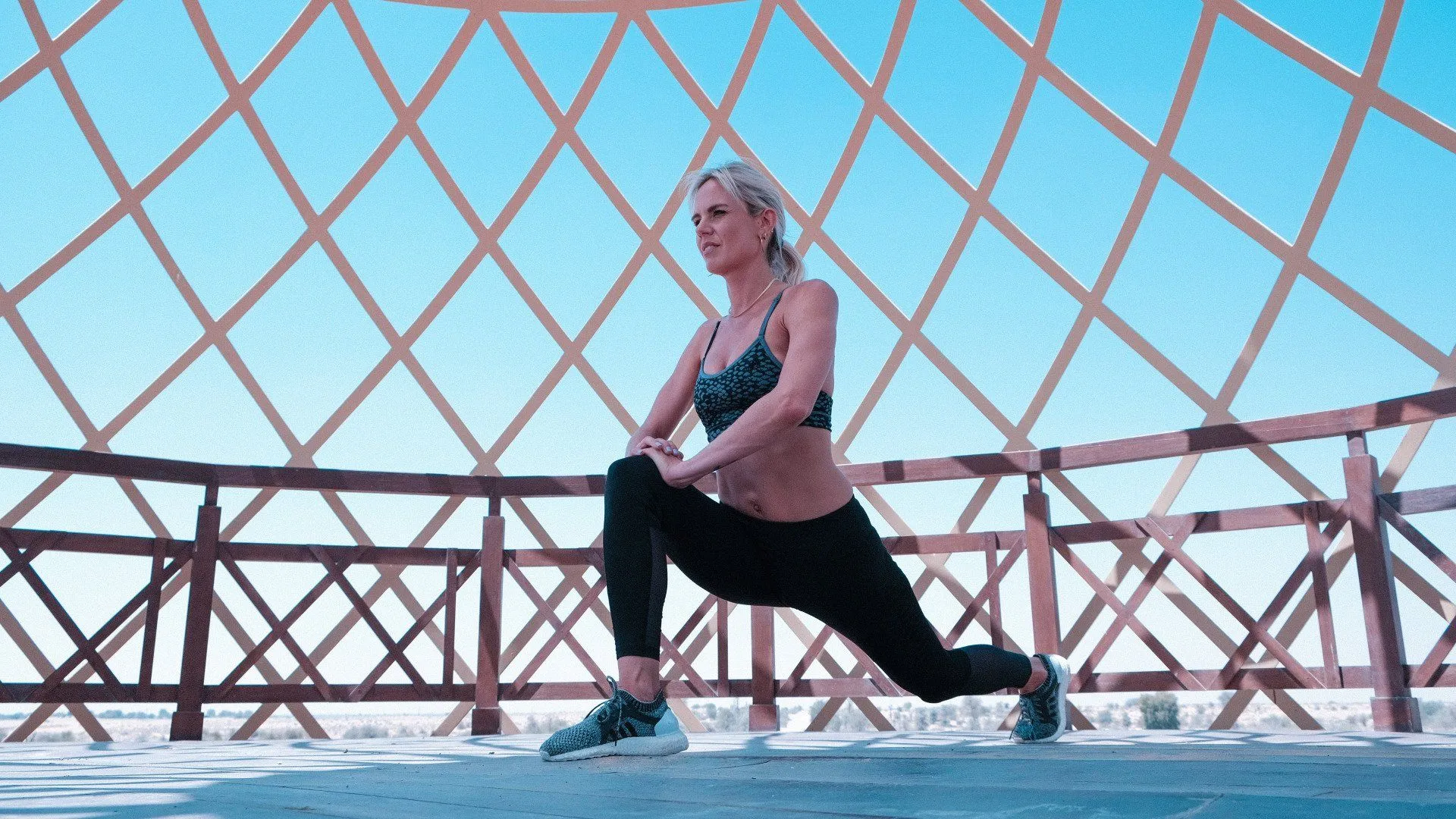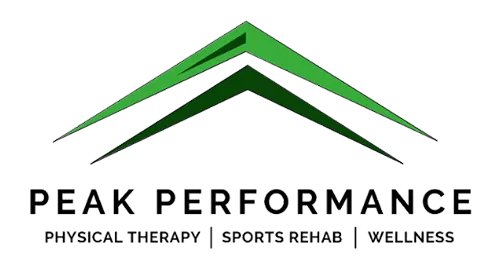Movement Screening in Ferndale, and Detroit
Your Journey Into Movement Begins Here.
Don’t let pain or injury hold you back from the sport you love. Recover well with Peak Performance so you can get back on track to achieving your goals. You CAN overcome your sports injury and become the champion you were born to be.

What is Functional Movement Screening?
Play to your strengths and work on your weaknesses. We help our clients reach peak performance with a functional movement screen. You may wonder, “What is FMS?” Simply put, a functional movement screen (FMS) is a tool that helps you to identify movement patterns. You might also hear FMS called the “select functional movement assessment.”
This assessment indicates inefficient movement. However, it may also indicate an increased risk of injury.
The screen can also identify dysfunctional or performance-limiting patterns.
An FMS evaluates seven fundamental movement patterns. However, the select functional movement assessment is not for individuals experiencing pain. It’s also not for clients who’ve suffered from musculoskeletal injuries.
Identify Sources of Dysfunction
Resolve Patterns Causing Pain
Build a Robust & Adaptable Foundation

The 7-Step Process for Movement Screening
Poor biomechanics limit a person’s ability to remain adaptable and durable against risk during physical activities. We can help you identify and overcome biomechanical issues with the following seven functional movement screens.
1. Deep Squat
The deep squat challenges total biomechanics. It also challenges neuromuscular control.
You can use the deep squat screen to test bilateral, symmetrical, and functional mobility. This screen will test the stability of the hips, knees, and ankles.
During the deep squat, you’ll direct your client to hold a dowel over their head. This task requires bilateral symmetrical mobility. It also requires stability at the shoulders, scapular region, and thoracic spine.
Furthermore, your client must establish stability control throughout the entire movement. By doing so, they can achieve the full pattern of the deep squat.
2. Hurdle Step
The hurdle step is an important part of locomotion. It’s also vital for acceleration.
The movement challenges the body’s step and stride mechanics. It also tests stability and control in a single-leg stance.
The hurdle step requires bilateral mobility and stability. It places demands on the hip, knees, and ankles.
Also, this screen challenges the stability control of the pelvis and core. In this way, it provides an opportunity for you to observe functional symmetry.
3. Inline Lunge
The inline lunge screen places the body in a position that simulates stressors. As an example, your client might experience stressors during rotation, deceleration, and lateral movements.
During this screen, the inline lunge places the lower extremities in a split stance. Meanwhile, it places demands on the upper extremities in an opposite or reciprocal pattern
This activity replicates the natural counterbalance that the upper and lower extremities use to complement each other. The body requires spine stabilization to perform this task. The screen also challenges hip, knee, ankle, and foot mobility and stability.
4. Shoulder Mobility
The shoulder mobility screen demonstrates a natural complementary rhythm of parts of the body. In particular, it affects the scapular-thoracic region, thoracic spine, and rib cage. The screen provides these effects during reciprocal upper-extremity shoulder movements.
The shoulder mobility screen will also allow you to observe the bilateral shoulder range of motion. The activity combines extension, internal rotation, and adduction in one extremity. Meanwhile, it combines flexion, external rotation, and the abduction of the other extremity.
5. Active Straight Leg Raise
The active straight leg raise screen identifies the mobility of the flexed hip. However, it will also help you to pinpoint your client’s core stability within the pattern. The exercise will also help you to identify the available hip extension of the alternate hip.
The active straight leg raise isn’t necessarily a test of hip flexion to one side. Instead, it’s an appraisal of the ability to separate the lower extremities while unloaded.
Also, the active straight leg raise challenges the ability to dissociate the lower extremities. At the same time, clients must maintain stability in the pelvis and core during the screen.
6. The Trunk Stability Push-up
The trunk stability push-up screen is a basic observation. It will allow you to inspect your client’s reflex core stabilization.
It’s important to note that the trunk stability push-up screen is not a test of upper body strength. Instead, it’s an exercise to initiate movement with the lower extremities in a push-up pattern.
During the screen, instruct your client not to move their spine or hips. In doing so, you’ll test your client’s ability to stabilize the spine in the sagittal plane. Here, you want to focus on your client’s movement during the closed kinetic chain, upper body symmetrical movement.
7. Rotary Stability
The final functional movement screen is the most complex. This screen requires proper neuromuscular coordination and energy transfer across the torso.
During the screen, you’ll observe multi-plane pelvis, core, and shoulder girdle stability. You’ll observe movement during the combined upper and lower extremity movement.
This screen will demonstrate reflex stabilization and weight shifting in the traverse plane. It represents a coordinated effort of stability and mobility required for fundamental climbing activities.


